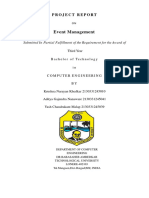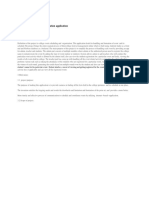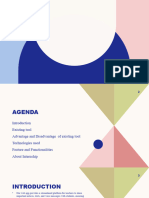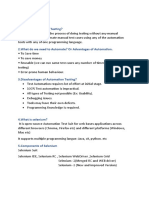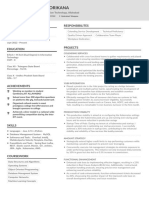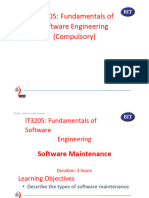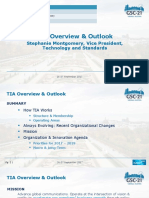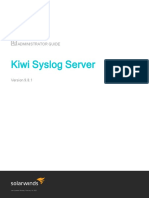0% found this document useful (0 votes)
27 views38 pagesPorject Managment File 2
The College Activity System is a web-based application designed to streamline the management of co-curricular and extracurricular activities in academic institutions using the MERN stack. It features role-based access for Admins, Teachers, and Students, allowing for event creation, approval, notifications, and result declarations, all while improving communication and participation. The system addresses common issues in event management, such as miscommunication and data loss, by providing a centralized platform for efficient organization and record-keeping.
Uploaded by
preetr2104Copyright
© © All Rights Reserved
We take content rights seriously. If you suspect this is your content, claim it here.
Available Formats
Download as DOCX, PDF, TXT or read online on Scribd
0% found this document useful (0 votes)
27 views38 pagesPorject Managment File 2
The College Activity System is a web-based application designed to streamline the management of co-curricular and extracurricular activities in academic institutions using the MERN stack. It features role-based access for Admins, Teachers, and Students, allowing for event creation, approval, notifications, and result declarations, all while improving communication and participation. The system addresses common issues in event management, such as miscommunication and data loss, by providing a centralized platform for efficient organization and record-keeping.
Uploaded by
preetr2104Copyright
© © All Rights Reserved
We take content rights seriously. If you suspect this is your content, claim it here.
Available Formats
Download as DOCX, PDF, TXT or read online on Scribd
/ 38













































